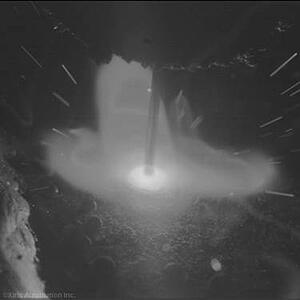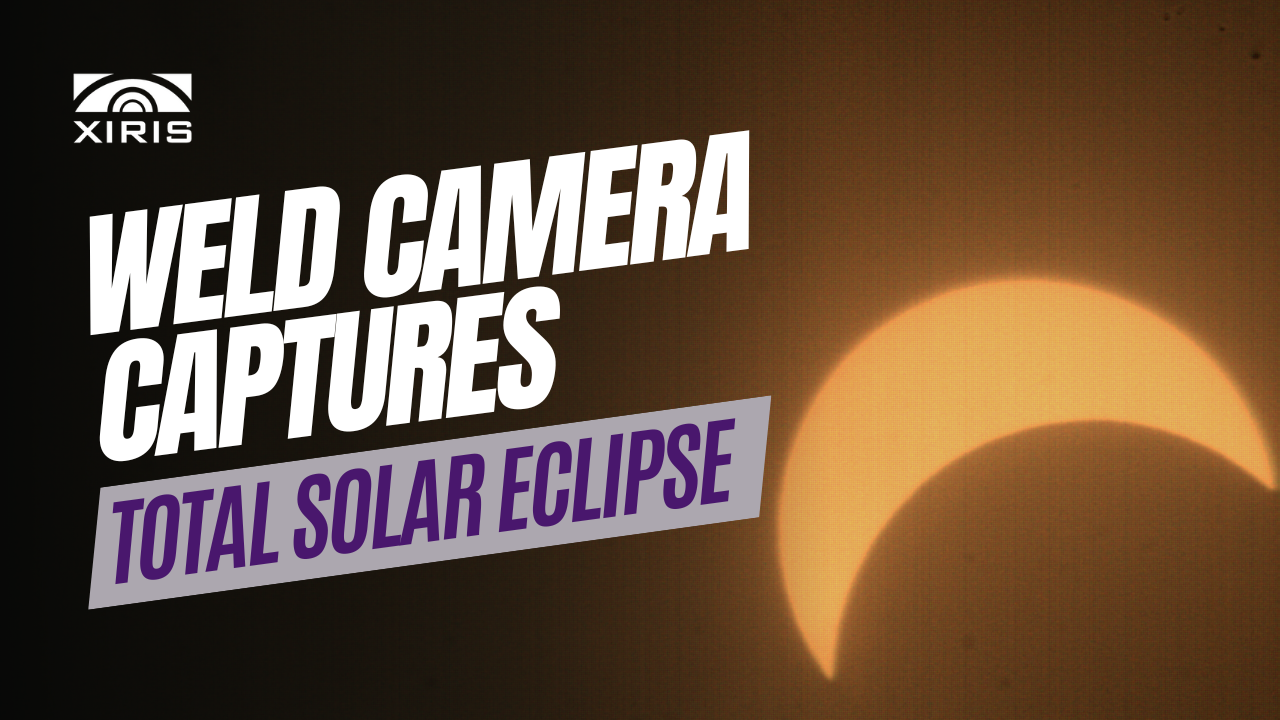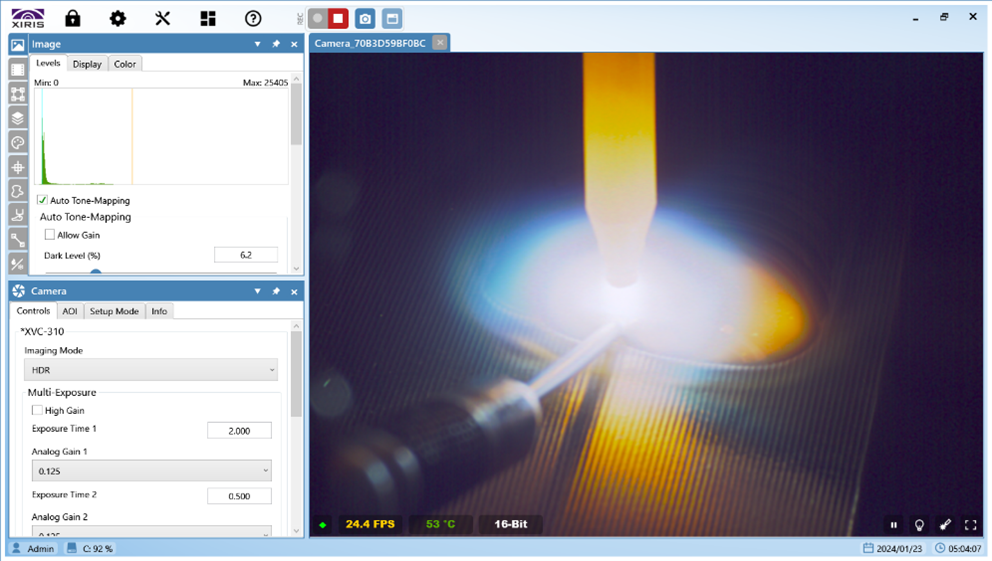In automated welding processes, proper tracking of the weld head to the weld seam is critical to ensure optimum weld quality.
This is often achieved with an automated in-process seam tracker such as mechanical feeler gauges or laser seam trackers. Most recently, laser seam trackers have become a popular way to automatically track seam alignment, particularly in complex process such as longitudinally welded SAW pipe. Mechanical feeler gauges are less common but are still used by some systems integrators for special applications.
One solution sometimes implemented is to operate a welding process blindly—having no seam tracking process in place and instead using a post-welding inspection technology such as eddy current or ultrasonic testing to verify weld integrity. But each of those technologies has their own limitations when testing welding:
- Eddy current testing uses electromagnetic induction to detect flaws in the conductive weld material and can only detect sudden changes in the weld seam. It does a poor job detecting gradual changes.
- Ultrasonic testing tools need to be coupled with some form of media that will transmit sound waves to the weld zone, restricting the utility and effectiveness of the technology.
The reliability, therefore, of most post-weld inspection technologies is not great, plus, it is done after the process, not during.
That’s why it’s a better solution to implement some type of weld tracking right in the welding process. But despite the combination of multiple redundancies of measurements, even the best automatic seam tracking method can encounter a situation where the automatic process goes off seam. A more-reliable approach is to use the judgment skills of an operator combined with a high quality image of the weld that can be obtained with a Weld Camera equipped with High Dynamic Range imaging technology. An automatic tracking system alone can’t match the combination of a good quality image of the weld and the judgment and experience of an operator to make a decision about the weld head placement.

Weld Camera image of weld seam
The Evolution of Weld Cameras
Largely because of the safety and health imperative to remove operators from the weld environment, the use of cameras to provide operators with remote images of the welding environment has been around for years. With the correct implementation, operators could see what was going on in a welding cell without being physically at risk, or uncomfortable, when in direct proximity to the weld process.
However, until recently, using cameras for remote weld monitoring has been only partially effective because of the difficulty of simultaneously imaging both the extreme brightness of the arc and the dark surrounding background. To get images of both brightness extremes, operators had to stop the process and change the camera’s aperture or filters to produce the desired image.
But with improvements in imaging technology, combined with advanced camera technology, it’s now possible to achieve High Dynamic Range imaging. A Weld Camera capable of High Dynamic Range imaging can produce images with clear detail of both the arc region and the background region without any need to stop the welding process. And with the high image quality that’s achievable with advanced imaging technology, a Weld Camera can provide enhanced visibility of the weld seam alignment to the weld head.
An additional feature of a quality Weld Camera is built-in auxiliary light sources to allow for imaging of the weld environment when the arc is off, such as when initially positioning the arc tip to the weld seam. This reduces set-up time because there’s no need to change lighting each time the arc is off.
The upshot is that a Weld Camera with High Dynamic Range imaging results in better images for the operator of the weld process, which allows for better seam alignment and ultimately, better weld quality.
Conclusion
The best solution available for seam tracking is an industrially hardened Weld Camera with High Dynamic Range imaging, such as Xiris’s XVC-O Weld Camera.







